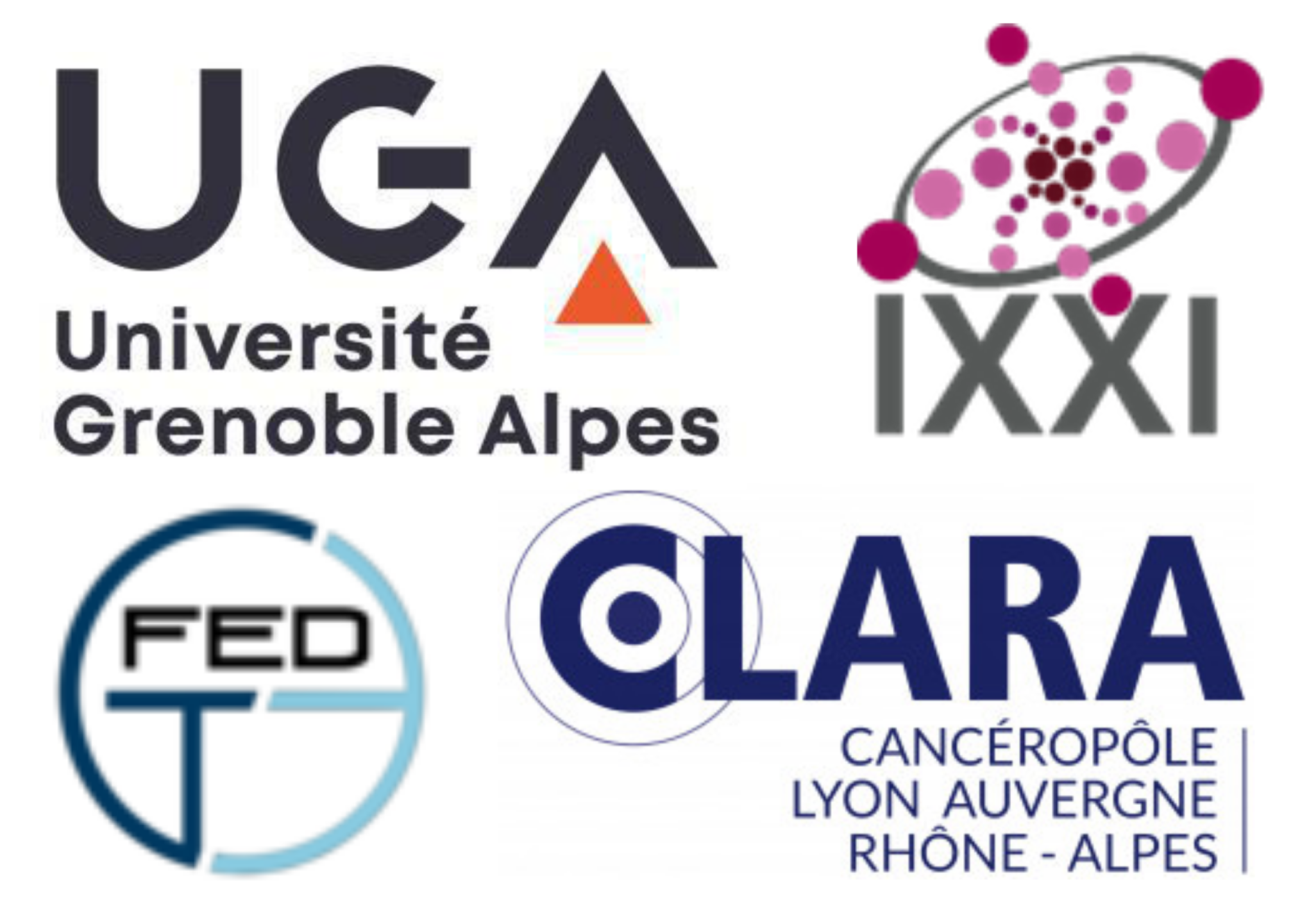Extracellular vesicles (EVs) are nano objects which are released from all types of cells. Once thought to be garbage of the living cells, in the last decade they have been used in many applications in the medical field (1), due to their role in cell to cell communication. They are being explored as biomarkers for several pathological conditions for the diagnostic purposes. Many researchers have been exploring their cargo for the therapeutic benefits and as drug delivery vehicles. However despite having these potentials, they are still not being used in medical applications as the mainstream solution. The reason for this arises from their complexities in the isolation and characterization due to their size range and diverse biogenesis pathways. Their overlapping physical properties such as size and density with other elements like lipoproteins, viruses, etc. makes the isolation and characterization methods very challenging.
In this study, we combined fluorescent microscopy and Atomic Force Microscopy (AFM) to study the metrology of large EVs (lEVs) subsets coming from different cell conditions. We performed nanomechanical mapping by using Quantitative Imaging (QI) mode of fluorescent and non fluorescent tagged lEVs, adsorbed on positively charged mica substrate.
We measured Young's modulus of approximately 100 lEVs from each cell culture condition. Through Young's modulus map generated and also with the help of size profiling of lEVs, we identified several sub-populations of lEVs. We also observed the variation in the elasticity across a single vesicle.
This information can explain the effect of different cell culture conditions on the EV. Also by combining this information with other methods like vibrational spectroscopy, we can attribute the presence of different molecules as well as shed light to their biogenesis.
-
H Rashed M, Bayraktar E, K Helal G, Abd-Ellah MF, Amero P, Chavez-Reyes A, Rodriguez-Aguayo C. Exosomes: From Garbage Bins to Promising Therapeutic Targets. Int J Mol Sci. 2017 Mar 2;18(3):538.


 PDF version
PDF version
